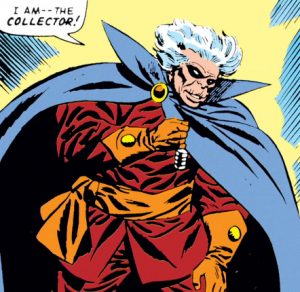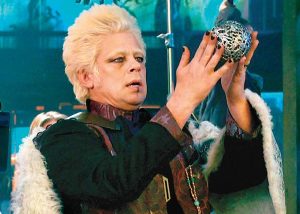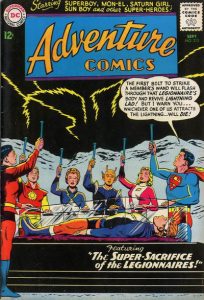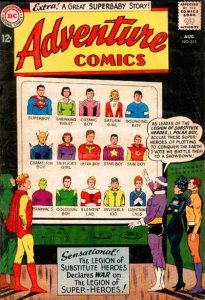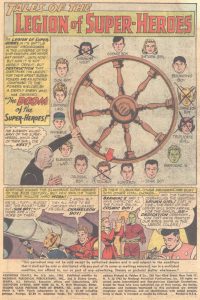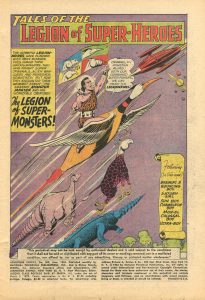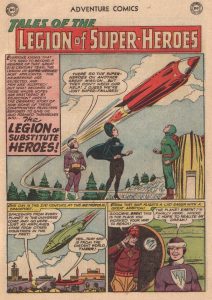For some people, today is about eating, drinking and giving each other gifts.
For some people, today is a sacred day, the day when we celebrate the birth of God’s son, who came to save us from our own worst natures.
For some people, today is about feeling excluded, feeling lonely, experiencing depression. Although the claim that suicide rates spike at Christmas appears to be a myth, a time when joy is a publicly traded commodity can be painful from someone who feels left out.
Christmas, like any positive thing, can be misused, can devolve into banality, can cause pain.

